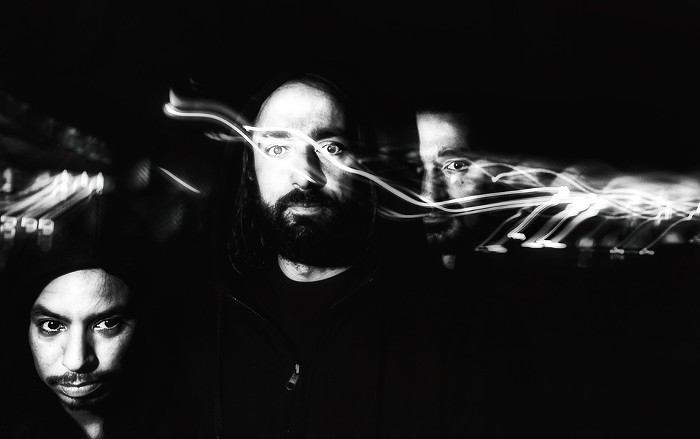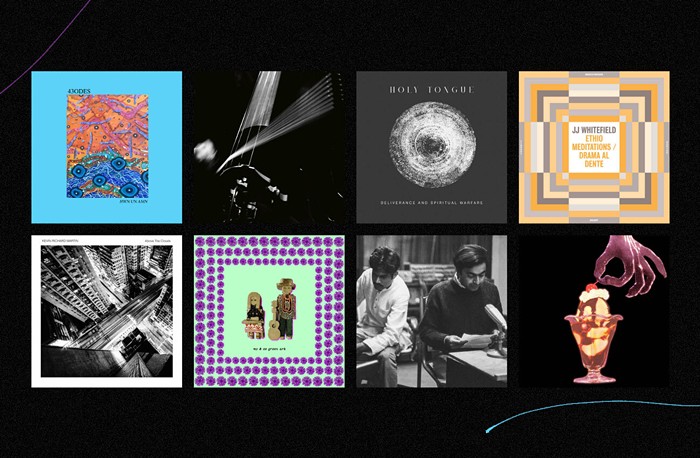
The new set, which is also available on streaming services, is the natural follow-up to last year’s exhaustive exhumation of the Beatles’ Sgt. Pepper’s Lonely Hearts Club Band, which was, unlike lots of anniversary rehashes, an appealing and successful undertaking. This one might be even better. Intended to augment rather than replace the familiar White Album, the set sprawls in the way the original double album did, with every nook and cranny filled with fragments of song, and off-the-cuff renditions sitting side by side with elaborate productions.

The White Album is maybe best understood as a direct reaction to the extravagances of Sgt. Pepper and its not-quite-congealed followup, the Magical Mystery Tour project, the latter of which wasn’t intended to be an entire album but became one in the hands of the Beatles’ American record company. After the baroque heights of 1967, minimalism was the next natural tack, and the Beatles were influenced by records like Bob Dylan’s John Wesley Harding and the Band’s Music from Big Pink, which emphasized a more folky, stripped-down sound. Simultaneously, the Beatles were growing ever more avant-garde in tandem with advances in recording technology, and the White Album’s sometimes simple songs were juxtaposed by “found sound,” spontaneous chatter, studio errata, and willful experimentation—epitomized, of course, by the album’s penultimate track, “Revolution 9,” a gigantic sound collage that’s one of the Beatles’ late-era masterpieces and perhaps the most single misunderstood and neglected recording in their entire catalog.
Giles Martin's remix clarifies and modernizes the sound of the album, which marked EMI Studios’ leap from four-track to eight-track tape but still bore the limits of late-’60s technology. That’s not necessarily a bad thing, and tough-to-please purists will probably find the new mix sterile and off-balance. It’s certainly not, though; the wide stereo separation of the original is rejiggered for a thicker, more compact, and more resonant result that’s in line with today’s listening tastes. (George Harrison’s “Long, Long, Long” sounds especially good.) Most everyone should be delighted by the accuracy and transparency of the sound, which allows for instruments originally mushed together on the original tapes to shine individually. There’s also a strong emphasis on the Beatles’ vocals, which really sound wonderful, almost holographic. The only original mix Giles Martin retained is the one for “Revolution 9,” because so much of that composition came from the spontaneity in the mixing process itself, although for the Blu-ray disc it has been reinvented in surround sound. It’s wild.
The included Esher demos, meanwhile, have existed in bootleg quality for decades, and remain a cornerstone of the Beatles’ unreleased work. Several made their way onto the Anthology 3 collection, but given their own full disc here, they now properly exists as a wonderful, complete document on their own. Here are the Beatles trying out the dozens of songs they'd written in India while visiting the Maharishi—a story well known in Beatle lore, and one that directly informed the content of the White Album, and one that’s too long to go into here. The short of it is, the four Beatles were stuck at the Maharishi’s retreat and in varying stages of disillusionment with their new guru, with only their acoustic guitars to stave off boredom and frustration. That led to many of the White Album tracks being recorded acoustically or in barebones arrangements, an altogether different approach from before. Resultantly, there are sing-alongs and goof-offs (or, in the case of “The Continuing Story of Bungalow Bill,” both) and Lennon's really nasty takedown of the Maharishi that was retitled “Sexy Sadie” before seeing the light of day.

The three discs’ worth of outtakes and session recordings show how these disparate songs, all wildly different from each other, were formed and perfected over many months. It’s a treasure trove for Beatle nerds; some of the many highlights are an early version of “Good Night” played on fingerpicked guitar à la “Dear Prudence” with all four Beatles on vocal harmonies. There’s a rehearsal of “Cry Baby Cry” done as a slow blues dominated by Procol Harum-esque organ. And the instrumental of “Everybody’s Got Something to Hide Except Me and My Monkey” finds a terrific groove without the album take’s frantic cowbell clanging overtop.
This deluxe edition is an extravagance, to be sure, but I’m finding it to be an extraordinarily worthwhile one, with more music than can be absorbed in several sittings, and plenty to read and pick apart. The White Album has always been the subject of wild speculation and elaborate theories—from Lennon’s muttering at the end of “I’m So Tired,” ridiculously thought to be “Paul is dead, man, miss him, miss him” to the sonic violence of “Helter Skelter,” which supposedly provoked Charles Manson into doing pure evil. This new set exposes the White Album for what it was: a brimming hodgepodge of ideas whipped up by a very creative band during a period when success and stress were putting them under strain. The Beatles responded to this strain by simply going to work—work, in this case, being the process of writing and recording as much music as they possibly could. Some say the White Album would have worked better as a single disc instead of two. They’re wrong, of course; the extended length is the point itself, and The Beatles might now be even more spectacular as seven discs.



















